|
WWII Normandy Devastation & Loss |
Post Reply 
|
| Author | |
Gay3 
Moderator Group 
Joined: 19 Feb 2007 Location: Miners Rest Status: Offline Points: 52004 |
 Post Options Post Options
 Thanks(0) Thanks(0)
 Quote Quote  Reply Reply
 Topic: WWII Normandy Devastation & Loss Topic: WWII Normandy Devastation & LossPosted: 06 Jun 2019 at 8:55pm |
Racing and the D-Day landings: a heartbreaking tale of devastation and loss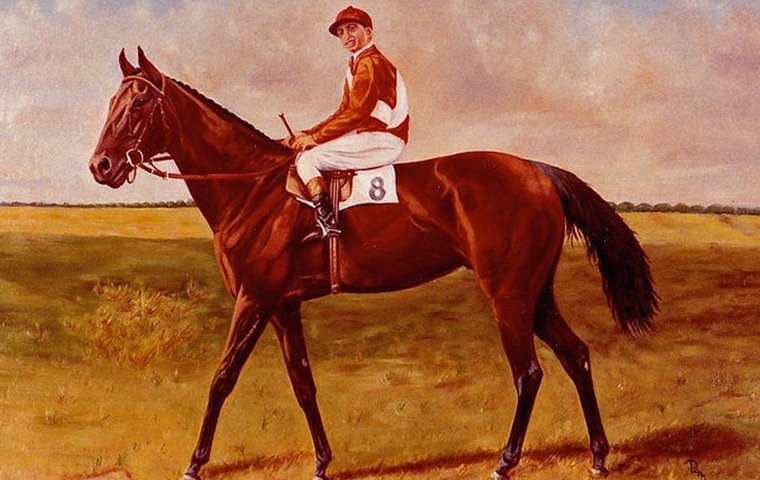 It
was a brief chapter in history that has had a profound influence on all
of our lives, even if we weren’t around at the time, so it’s only
fitting that the focus of the western world this week should be on the
75th anniversary commemorations of the D-Day landings taking place
throughout Normandy in Northern France.
It is estimated that 4,537 people lost their lives on the first day alone on those beaches, with the heaviest casualties of around 2,000 sustained by the American troops landing at Omaha. American trainer Kenny McPeek, who travelled to France for the Arqana Deauville August yearling sales three years ago, took time out before going back home to visit a Second World War memorial and graveyard. “It was part of the family vacation and a very moving occasion to see the American war graves at Colleville-sur-Mer and the Memorial Museum of Omaha beach,” he said. “Thinking about all the young people who gave their lives at that time and the price we paid for freedom was emotional.”
American troops arriving at Omaha Beach on June 6, 1944. Photo courtesy of Musée Memorial D’Omaha Beach, Saint Laurent-sur-Mer A number of veterans from around the globe now in their 90s are attending, including Reg Charles with his daughter and son-in-law Sheila and Christopher Harding. Charles was part of the Oxford and Bucks Light Infantry of 181 men, led by Major John Howard, that took off in six Airspeed Horsa gliders from RAF Tarrant Rushton in Dorset in Southern England for Benouville in Normandy on the night of June 5, 1944. Their mission was to capture the strategic Pegasus and Honsa bridges from the German occupation forces in France. The Royal British Legion has sent a ship with 255 Second World veterans aged between 91 and 101 on an-all expenses-paid trip this week to Dunkirk and the Normandy beaches. And Britain’s Veterans Charity is organising a run from RAF Tarrant Rushton to Portsmouth with the participants then taking the overnight crossing to Ouistreham in Normandy, followed by a short run to Pegasus Bridge tomorrow. The taking of Pegasus Bridge across Caen Canal in the early hours of the June 6 was looked upon as key in the success of British, French and Canadian troops landing at nearby Gold, Juno and Sword beaches, to disrupt the Germans’ ability to bring in troops and counter attack while allowing access to the 6th Airborne Division, dropped off to the east of Caen, to receive necessary equipment. Five of the gliders successfully landed close to their objective just after midnight, surprising the Germans guarding the two bridges. After a short battle, both bridges were taken within ten minutes - with the loss of two Allied soldiers. The other glider landed near another bridge seven miles off course. In a brief exchange with the enemy, the wireless operator was killed and Sergeant Tich Rayner, who passed away in 2015 aged 95, was shot in the right arm. Despite tremendous pain, Rayner carried on walking with the rest of the platoon through enemy lines and strength-sapping marsh lands. He finally joined the rest of the division at Ranville around 3am on the 6th, where his wounds were at last taken care off.
Mission commander Major John Howard. Photo courtesy of Penny Howard Bates Penny Howard Bates, the daughter of Major Howard, travels to Normandy every year to pay her respects. “My feelings as ever are that myself, my husband and family come to honour the memory of my father, Major John Howard DSO, and his men, to whom we owe an incredible debt of gratitude for risking, and some giving, their lives to liberate Europe from the Nazis.“And to remember the French citizens who lost their lives, homes and loved ones as the battle raged in Normandy in 1944.” The Battle of Normandy raged for two months. Liberation came at a high price, with cities like Caen destroyed by carpet bombing and towns and roads as far east as Lisieux deliberately targeted to make it difficult for the Germans to send troop reinforcements. Civilian losses in Normandy amounted to 19,800 dead, 300,000 homeless, 100,000 cattle killed - and 8,000 horses. Fierce fighting took place at nearby Falaise Gap from August 12-21. The confrontation ended the Battle of Normandy. Over two months, more than 425,000 Allied and German troops were killed, wounded or went missing. This figure includes 209,000 Allied casualties, with nearly 37,000 dead among the ground forces and a further 16,714 dead among the Allied air forces. It is estimated that around 200,000 German troops were injured or killed. The toll on the racing industryThe battle brought devastation to the horse racing community in Normandy, which had already suffered a heavy toll during the German occupation. When Allied troops encircled the German forces at Falaise Gap, more than 20 stud farms were badly damaged from intense bombing, and around 300 Thoroughbreds were killed or disappeared.
Part of Haras du Gazon after being hit by Allied bombs during the Falaise Gap battle. Photo courtesy of the Marie-Noelle Allart archives section for history and culture for the Orne region These included the famous mare Corrida, dual winner of the Arc (1936-37), owned and bred by Marcel Boussac at his Haras de Fresnay-Le-Buffard stud in Orne in Lower Normandy. The retreating Germans also took many Thoroughbreds, but later abandoned or ate them. Patrick Chedeville, a commercial breeder who runs the Haras du Petit Tellier at Sevigny Orne, near the local track of Argentan, currently has four stallions - including Prix du Jockey Club and Irish Champion Stakes winner The Grey Gatsby - and 70 mares. His grandfather, André Chedeville, owned the stud during the war. “My grandfather never wanted to talk much about life under German occupation, though everything was restricted and rationed, with the Germans taking most of the food production,” said Chedeville.
Marcel Boussac’s dual Arc winner Corrida, who was killed at stud during the Falaise Gap battle. The jockey is Charlie Elliott. Photo courtesy of Ostend racecourse “The Germans occupied studs to provide homes for soldiers. All farm produce for horses were taken away and the only thing they [the horses] could eat was grass in the fields. Everybody helped each other and local farmers assisted with taking care of the horses. After the war, German prisoners were used to rebuild the damaged studs.” The Nazis wished to dominate in all fields and planned to take the top French racehorses in an effort to possess the best bloodstock in Europe. Soon after occupying France, they began requisitioning, which amounted to stealing the best stallions and broodmares, for the German Army stud farm at Altefeld. “The Germans were only interested in A-listed racehorses, so my grandfather’s stud was not affected and continued breeding for his owners as some racing still took place during the war,” said Chedeville. The tragic tale of Prince RosePrince Rose (1928-1944), was one of the most influential racehorses to be killed during the war. Bred by Lord Durham in England, the horse was owned by Belgian dentist Henri Coppez and won 16 of his 20 races, including the 1931 Grand International d’Ostende (later renamed the Grand Prix Prince Rose), beating the great French filly Pearl Cap, and the following year the Prix du President Republique at Saint-Cloud (now known as the Grand Prix de Saint-Cloud). He spent the last six years of his stallion career at Chedeville’s stud farm and was killed there during the Falaise Gap bombing by Allied forces in August 1944. “My grandfather told me while the fighting was going on an attempt was made to move Prince Rose to a safer box, but the horse refused to enter the different barn and was returned to his normal quarters. Within a few seconds, there was a loud explosion and the horse sadly was mortally wounded,” Chedeville said. “A lot of cattle, horses, soldiers and civilians were killed during the Falaise Gap battle. The constant bombing destroyed everything.” A sad ending to a great racehorse, but thankfully for future breeding the mare Cosquilla, in foal to Prince Rose, was shipped to Ireland in 1944 and the offspring, Princequillo, sent to race in the United States, where he won several big staying races, including the Jockey Club Gold Cup, and became leading sire twice - in 1957 and 58. His mating with Imperatrice produced the filly Somethingroyal, the dam of Secretariat. Princequillo was also champion broodmare sire in the U.S. eight times between 1976 and 1986, and once in Britain and Ireland (in 1971). His other descendents include Sham, Seattle Slew, Mill Reef, Fort Marcy, Prince John, A.P. Indy, Cigar, Zenyatta, John Henry, California Chrome and American Pharoah. Edouard Rothschild, pictured with American jockey Matthew McGee After France was occupied by the Germans in June 1940, Joseph Pulte, a Lieutenant Colonel in the German Army, was given instructions to upgrade the German studs at Graditz and Altefeld with top French bloodstock.The leading stallions and mares belonging to Edouard Rothschild, who had left France, were seized. In total the Germans took around 600 racehorses, stallions and mares at stud out of the country. Top stallions taken included Brantome, who won 12 of his 14 races, including the 1934 Arc, and Eclair au Chocolat, the best French 3-year-old of 1937 and described by renowned Australian jockey Ray Johnstone as one of the best horses he had ever ridden. Both were owned by Rothschild. Most of Rothschild’s breeding stock at the family’s Haras de Meautry was taken to Germany. The horses of racing age were sold to race in Germany. In the era before the war, some wealthy Americans had second residencies in France. These included the newspaper publisher and owner-breeder Ralph Beaver Strassburger, who bought a villa at Deauville from Baron Henri de Rothschild and purchased the Haras des Monceaux at Lisieux, 30km from Deauville. The Strassburger racing and breeding operation had considerable success in France over a 30-year period from the late 1920s. To avoid his horses being seized under German occupation, they ran under the name of Madame de Bonard, a French friend. The Strassbergers owned Pensbury, who won the Critérium de Maisons-Laffitte in 1942 and the following year the Grand Prix de Paris, Prix Greffulhe and Prix Lupin. In 1953, Strassburger won the Washington DC International with Worden and in 1957 the King George V1 and Queen Elizabeth Stakes at Ascot with Montaval. After his death in 1959, his widow, May, maintained the bloodstock business, eventually selling it in the mid 1970s The villa Strassburger was donated to the town of Deauville by his son in 1980. It is listed as a French historic monument. The Germans were also naturally interested in Marcel Boussac’s horses, especially middle-distance great Pharis, spectacular winner of both the Prix du Jockey Club and Grand Prix de Paris in 1939. The colt was retired to take up stallion duties at Boussac’s Haras Fresnay Le Buffard stud in 1940. At the end of the 1940 breeding season, Joseph Pulte, the man charged with upgrading German bloodstock, insulted Boussac by trying to buy Pharis for virtually nothing. He eventually forcibly took the horse and sent him to Altefeld to take up stud duties from 1941 until 1945. Marked with an XOthers were not so lucky after the fall of France in 1940. The fate of father-and-son stallions Mon Talisman, the 1927 Prix du Jockey Club and Arc winner, and Clairvoyant, winner of the 1937 Prix Jockey Club and Grand Prix de Paris, was never known. It was rumoured that Clairvoyant was slaughtered for horse meat by refugees Allied troops in Germany assisted in recovering a number of breeding stock and racehorses that had been stolen, including Brantome and Pharis, though several were victims of war in Germany and never returned, including Eclair au Chocolat, whose fate is unknown - he simply disappeared from records at the end of the war. Around 100 broodmares taken by the Germans were also never recovered. American forces exported a number of German Thoroughbreds back home, presumably as spoils of war, including the unbeaten 4-year-old Nordlicht, who had won the German and Austrian Derbys in 1944. The horse was auctioned by the Army’s remount service in Virginia for $20,300 to a syndicate that included Christopher Chenery, later the breeder of Riva Ridge and Secretariat. Nordlicht proved a poor stallion, but efforts by Germans to retrieve him to help revitalise their breeding industry fell on deaf ears. The horse died in 1968.
Pharis and Charlie Elliott being led in by Marcel Boussac after winning the Prix du Jockey Club in 1939 The foals sired by Pharis in Germany during the war were never registered as Boussac refused to sign the stallion certificate, so the German Jockey Club could not register them. Ironically, Pharis only sired one top-class horse in Germany, the filly Asterbluete, who won the German Derby in 1949. Foals born in Germany during that time who returned after the war were marked with an X in the French stud book. Pharis was champion sire in France 1944 with his first crop, and the lack of stud success during the war years was probably testament to the lack of breeding knowhow in the Nazi regime as the horse topped the French stallion list again in 1950, 1951 and 1952. The loss of breeding for the Boussac horses during the war years didn’t adversely affect his results and, in 1950, he won the Epsom Derby with Galcador, the Epsom Oaks with Asmena and the Prix du Jockey Club and English St Leger with Scratch. The Rothschild racing fortunes also took time to recover, but by 195o things were getting better, with Vieux Manoir (by Brantome) winning the Grand Prix de Paris. |
|
|
Wisdom has been chasing me but I've always outrun it!
|
|
 |
|
acacia alba 
Champion 
Joined: 31 Oct 2010 Location: Hunter Valley Status: Offline Points: 41482 |
 Post Options Post Options
 Thanks(0) Thanks(0)
 Quote Quote  Reply Reply
 Posted: 07 Jun 2019 at 12:08am Posted: 07 Jun 2019 at 12:08am |
|
That is an awesome recounting of D Day and the not so well known aftermath. All the wars and disasters impact on animals. |
|
|
animals before people.
|
|
 |
|
maccamax 
Champion 
Joined: 19 Jun 2010 Status: Offline Points: 41473 |
 Post Options Post Options
 Thanks(0) Thanks(0)
 Quote Quote  Reply Reply
 Posted: 16 Jul 2019 at 2:12am Posted: 16 Jul 2019 at 2:12am |
|
Impacts on everyone AA... Sad & worrying days .
I get angry that it is all virtually forgotten as if it didn't happen. Whole families destroyed. I saw so many ( including Family members )who never recovered from being in those places , Lucky to survive but scarred for life . Millions deprived of life and no doubt, we have learnt little from those horrors. |
|
 |
|
furious 
Champion 
Joined: 19 Feb 2007 Status: Offline Points: 25170 |
 Post Options Post Options
 Thanks(0) Thanks(0)
 Quote Quote  Reply Reply
 Posted: 16 Jul 2019 at 12:16pm Posted: 16 Jul 2019 at 12:16pm |
|
Hatred is a disease I think. When things go wrong we seem to have to blame someone and even the best of us find it hard not too. It's human I guess. But when a doctrine comes through saying these people are inferior I start to worry. It can be all too easy to go down the wrong path.
And of course our animals suffer. They are so much apart of our world and lives.
|
|
 |
|
acacia alba 
Champion 
Joined: 31 Oct 2010 Location: Hunter Valley Status: Offline Points: 41482 |
 Post Options Post Options
 Thanks(0) Thanks(0)
 Quote Quote  Reply Reply
 Posted: 16 Jul 2019 at 12:50pm Posted: 16 Jul 2019 at 12:50pm |
|
My cousin,s young bloke has just come back from visiting the battlefields of The Somme, Ypres, Normandy etc, and has thses photos of the allied war cemetaries . OMG, so many young men, and they are just the ones lucky enough to have a grave. He found the grave of our Great Uncle, who died there aged 21. It really hits home seeing those photos.
|
|
|
animals before people.
|
|
 |
|
Baghdad Bob 
Champion 
Joined: 10 Feb 2010 Location: Victoria Status: Offline Points: 13676 |
 Post Options Post Options
 Thanks(0) Thanks(0)
 Quote Quote  Reply Reply
 Posted: 20 Dec 2019 at 10:03pm Posted: 20 Dec 2019 at 10:03pm |
AA I just booked with my wife for a two day guided tour to those WWI sites in July 2020. Will travel up from Paris and stay for three nights in Arras.We expect an emotional trip. |
|
 |
|
acacia alba 
Champion 
Joined: 31 Oct 2010 Location: Hunter Valley Status: Offline Points: 41482 |
 Post Options Post Options
 Thanks(0) Thanks(0)
 Quote Quote  Reply Reply
 Posted: 20 Dec 2019 at 11:52pm Posted: 20 Dec 2019 at 11:52pm |
|
It will be gut wrenching, Bob. I would like to do it, but not sure I could hold up, it would be so emotional. I remember when I lived in the UK, just going to some of the memorial sites for battles, various and many, were quite distressing. Going into a church and seeing a window in memorium . The American Cemetary at Madingly near Cambridge,,,,so beautiful and so sad. It really hits home, the sacrifice paid by so many , for our freedom .
|
|
|
animals before people.
|
|
 |
|
Post Reply 
|
|
| Tweet |
| Forum Jump | Forum Permissions  You cannot post new topics in this forum You cannot reply to topics in this forum You cannot delete your posts in this forum You cannot edit your posts in this forum You cannot create polls in this forum You cannot vote in polls in this forum |
Copyright ©2001-2022 Web Wiz Ltd.
This page was generated in 0.125 seconds.








 Topic Options
Topic Options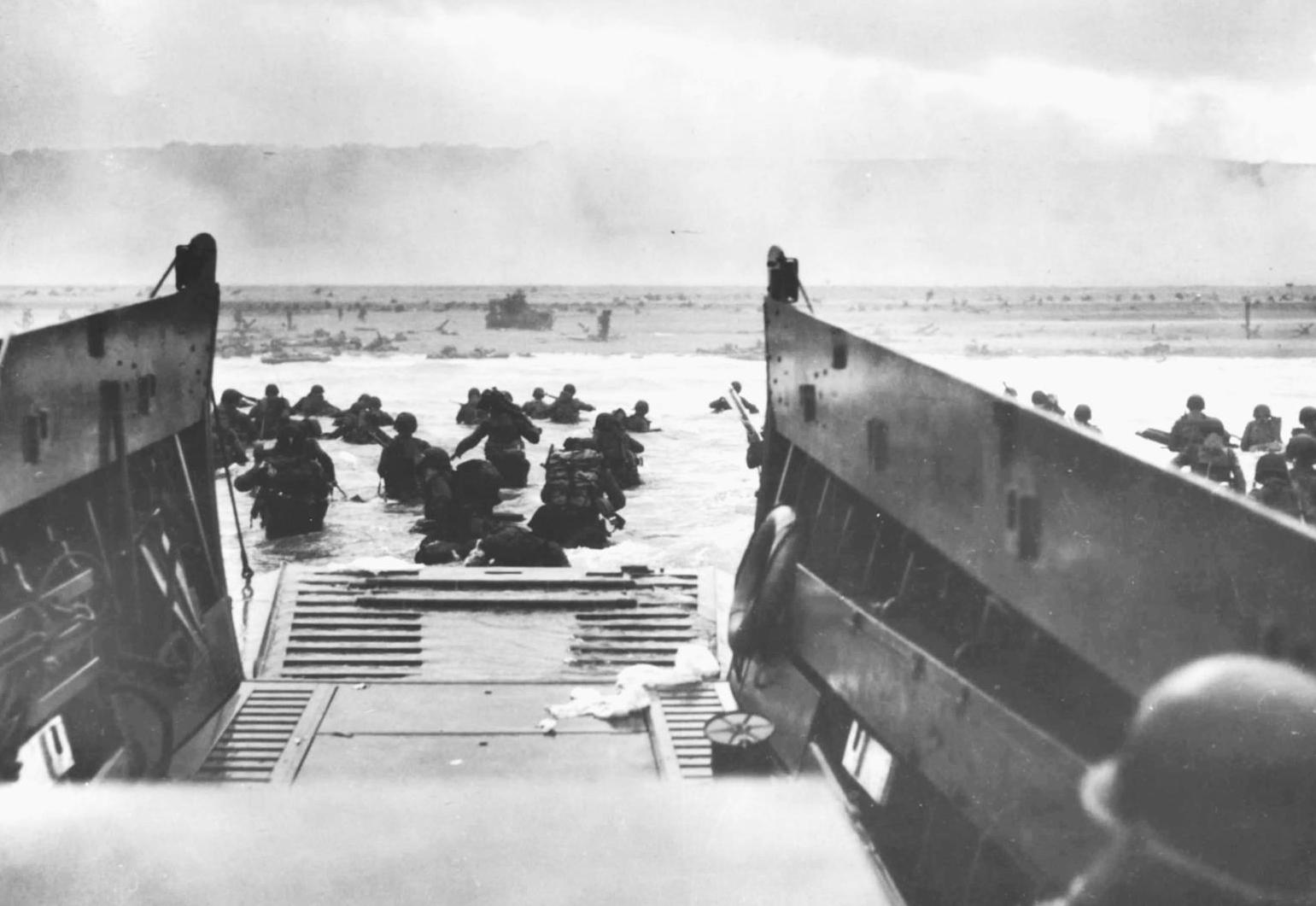
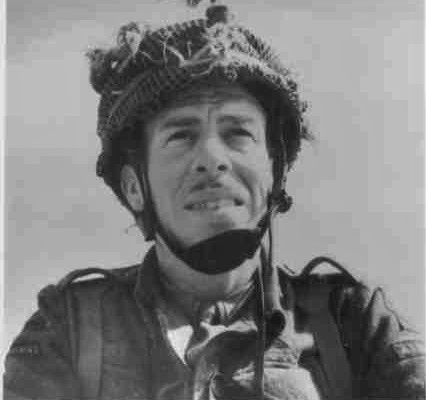
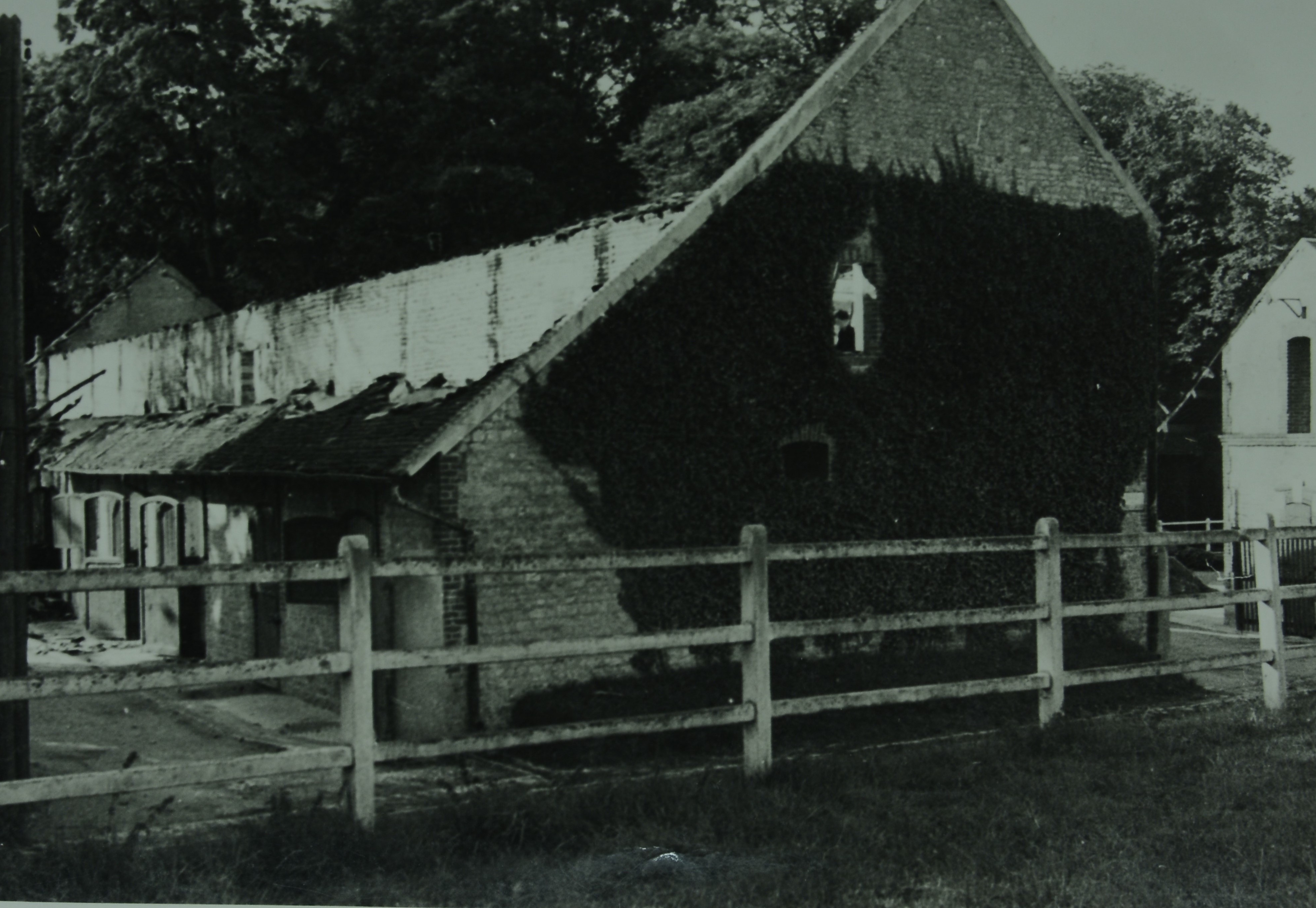
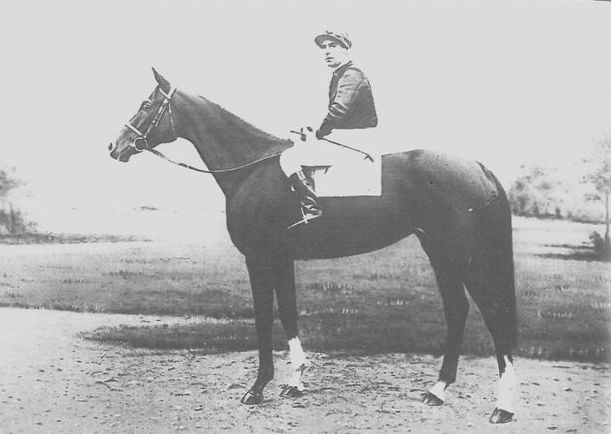
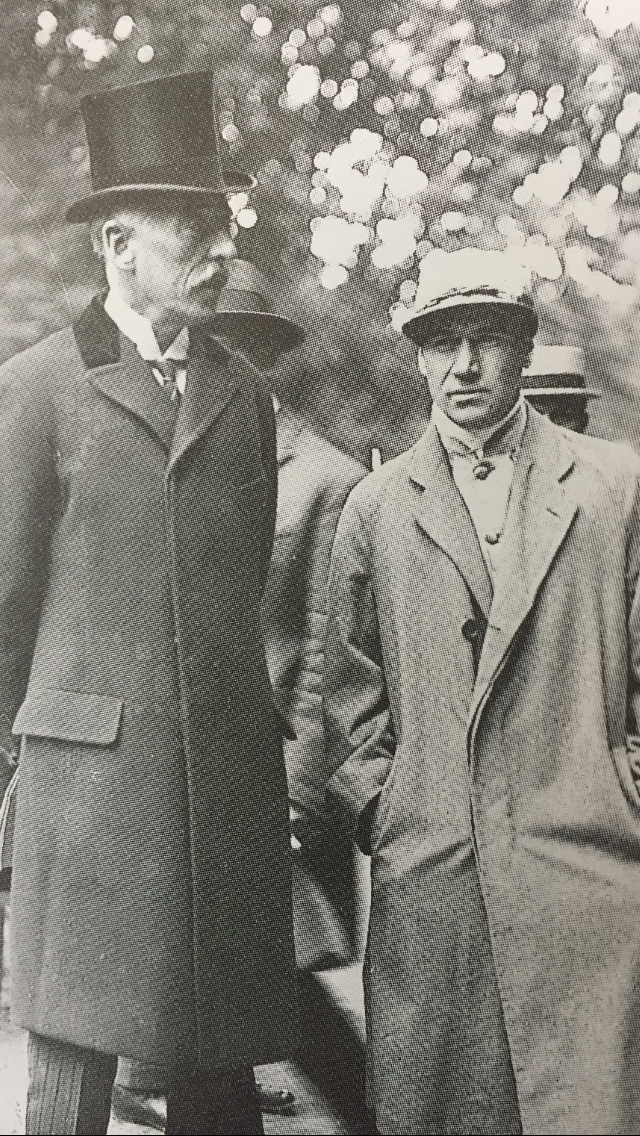
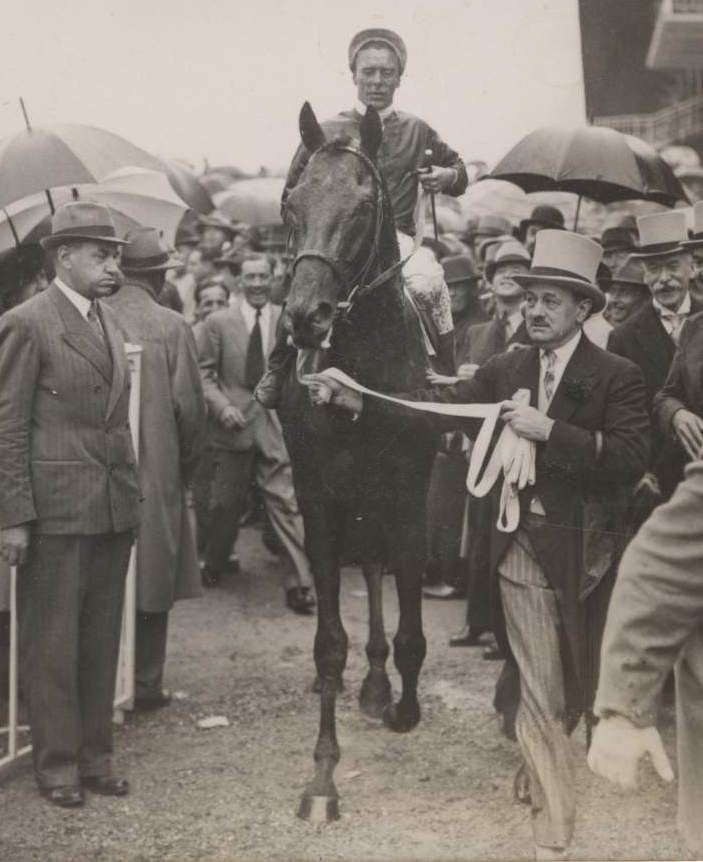
 acacia alba wrote:
acacia alba wrote: